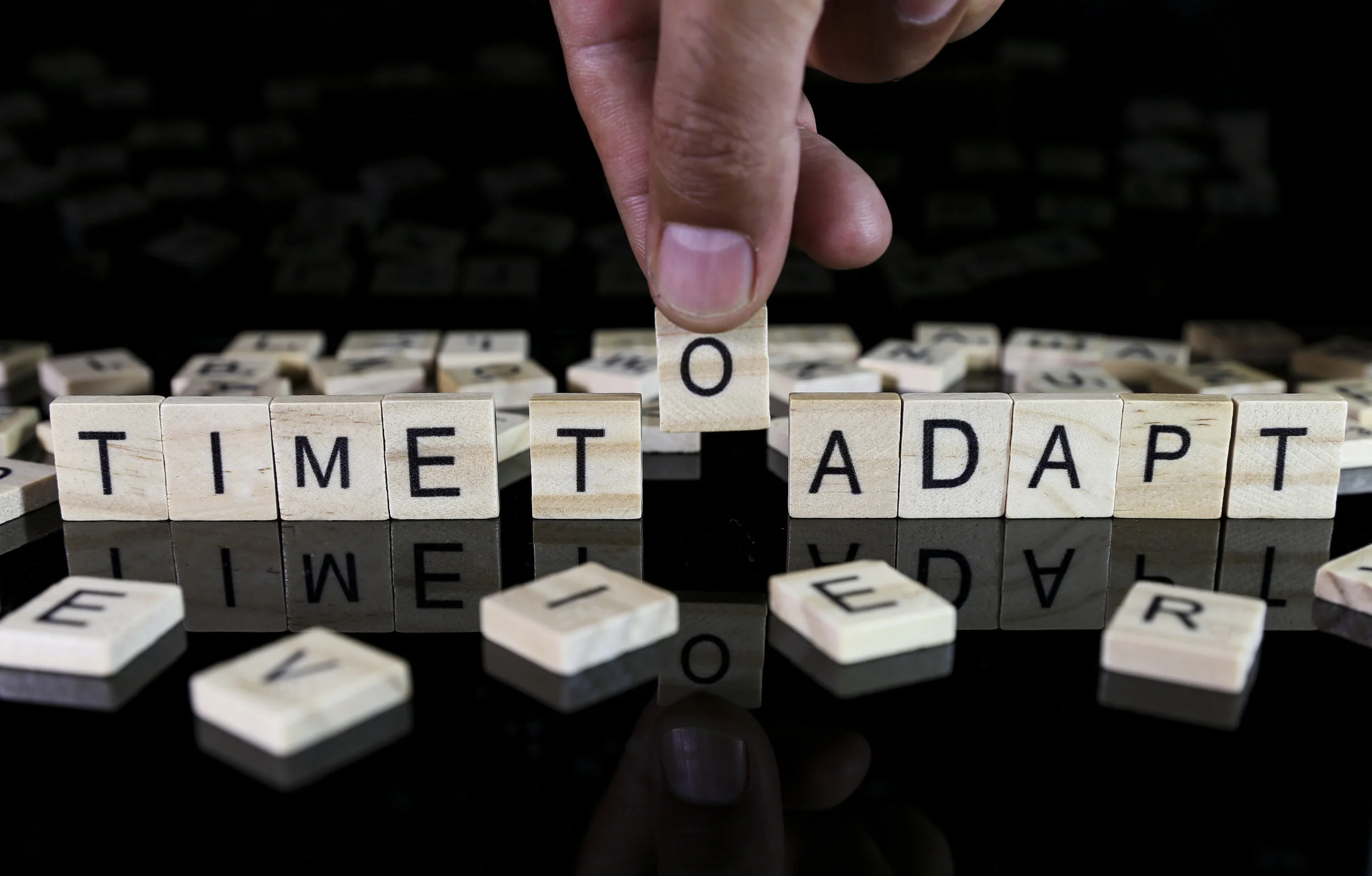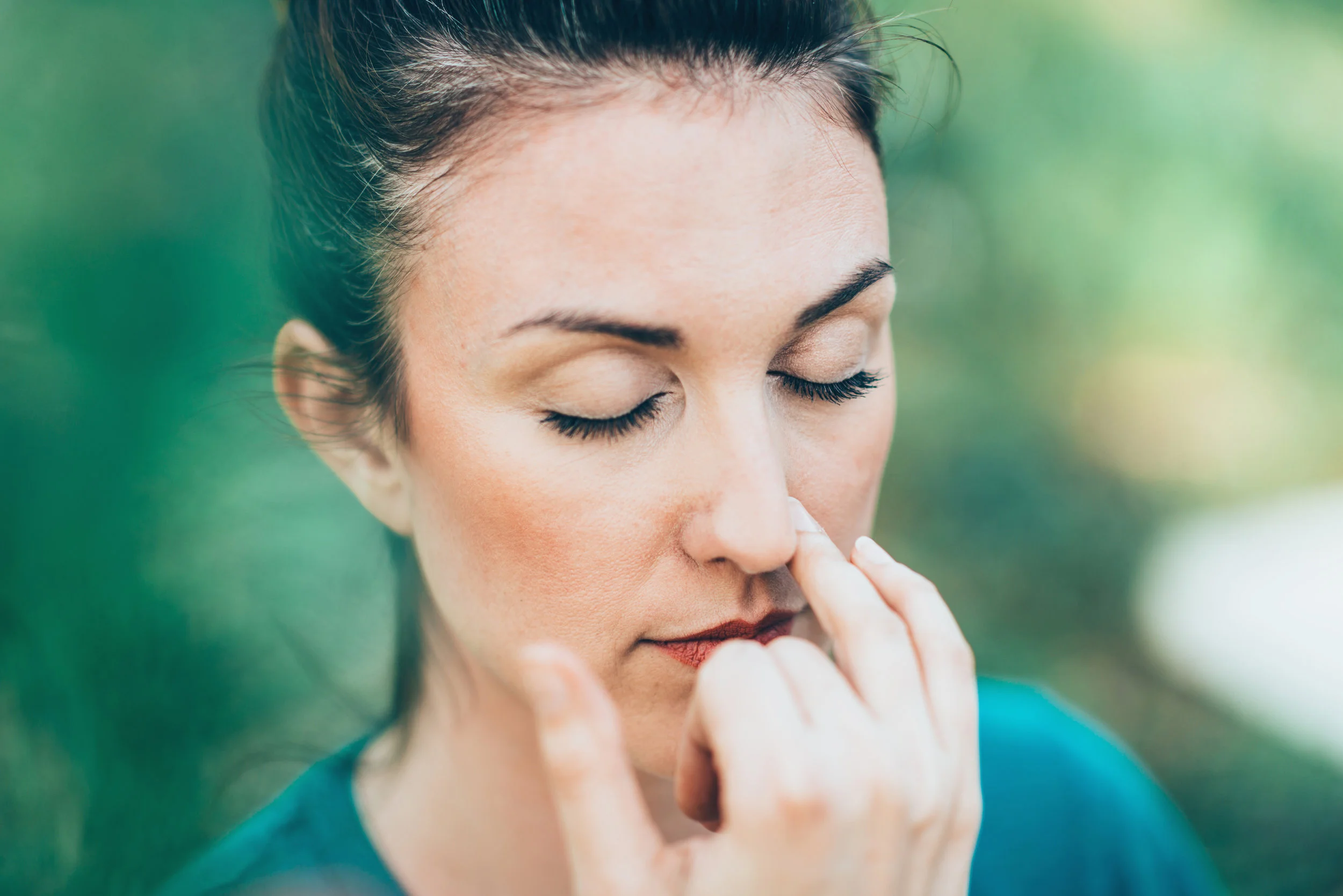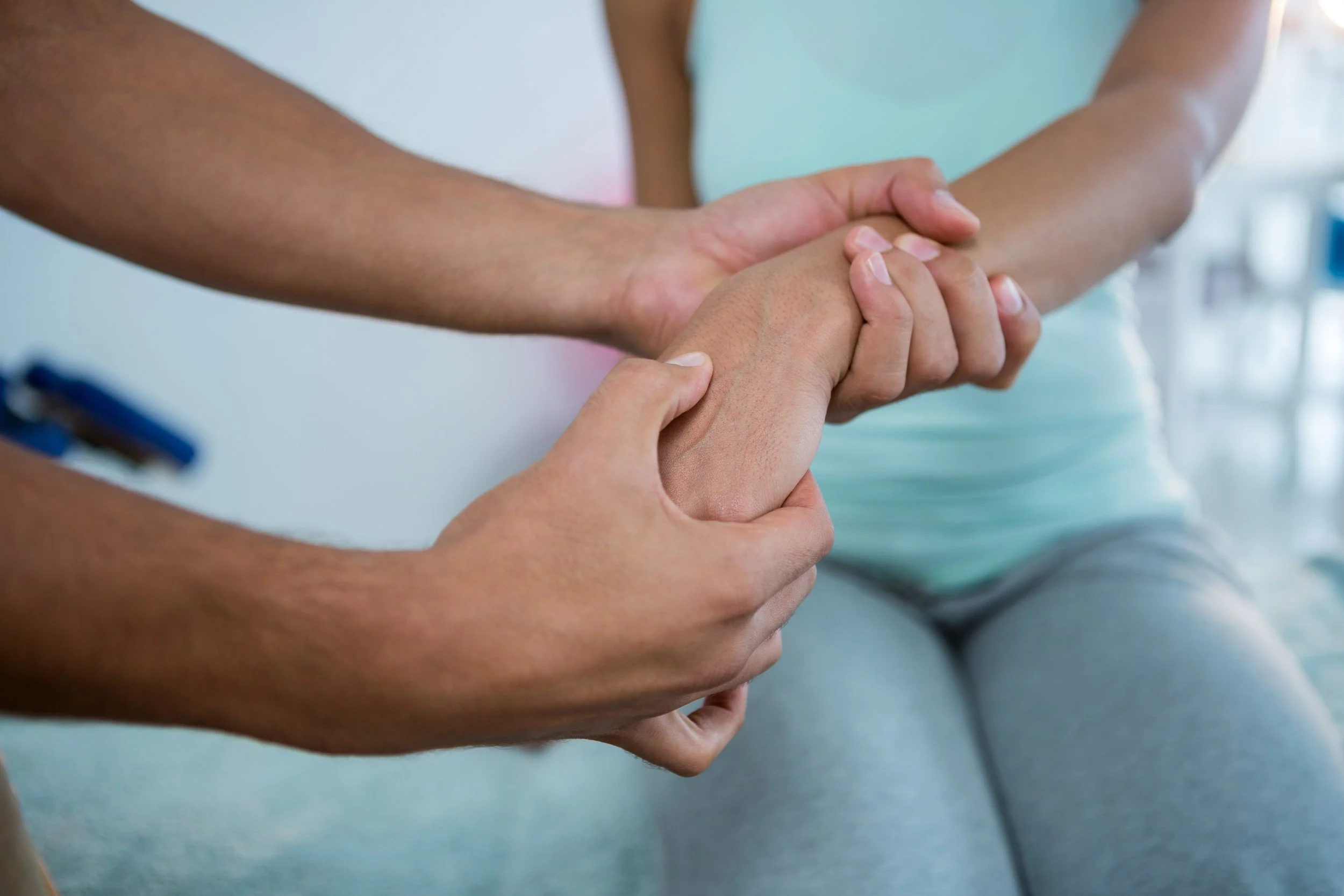The Chinese Medicine Meridian System
/So, what is a meridian anyway? This is one of the first questions students of Chinese medicine want to understand. Simply put, a meridian is an ‘energy highway’ in the human body. Qi (chee) energy flows through this meridian or energy highway, accessing all party of the body. Meridians can be mapped throughout the body; they flow within the body and not on the surface, meridians exist in corresponding pairs and each meridian has many acupuncture points along its path.
The term ‘meridian’ describes the overall energy distribution system of Chinese Medicine and helps us to understand how basic substances of the body (Qi, blood and body fluids) permeate the whole body. The individual meridians themselves are often described as ‘channels’ or even ‘vessels’ which reflects the notion of carrying, holding, or transporting qi, blood and body fluids around the body.
It is tempting to think of the meridians of the human body the same way as we think of the circulatory system, as the meridians are responsible for the distribution of the basic substances throughout the body just like the circulatory system, but here is where the similarities end. Conventional anatomy and physiology would not be able to identify these pathways in a physical sense in the way that blood vessels can be identified.
It is more useful to consider the meridian system as an energetic distribution network that in itself tends towards energetic manifestation. Meridians can be best understood as a process rather than a structure.
Practitioners of Chinese Medicine must be as knowledgeable about these meridian channels as the Western Doctor is about anatomy and physiology of the physical body. Without this thorough understanding, successful acupuncture treatments would be difficult. A practitioner of Chinese Medicine must know how and where to access the qi energy of the body to facilitate the healing process.
There are twelve main meridians, or invisible channels, throughout the body with Qi or energy flows. Each limb is traversed by six channels, three Yin channels on the inside, and three Yang channels on the outside. Each of the twelve regular channels corresponds to the five Yin organs, the six Yang organs as well as the Pericardium and San Jiao. These are organs that have no anatomical counterpart in Western medicine but also relate to processes in the body. It is also important to remember that organs should not be thought of as being identical with the physical, anatomical organs of the body.
Each meridian is a Yin Yang pair, meaning each Yin organ is paired with its corresponding Yang Organ: the Yin Lung organ, for example, corresponds with the Yang large intestine.
Qi flows in a precise manner through the twelve regular meridians or channels. First, Qi flows from the chest area along the three arm Yin channels (Lung, Pericardium, and Heart) to the hands. There they connect with the three paired arm Yang channels (Large Intestine, San Jiao and Small Intestine) and flow upward to the head. In the head they connect with their three corresponding leg Yang Channels (Stomach, Gall Bladder and Bladder) and flow down the body to the feet. In the feet they connect with their corresponding leg Yin channels (Spleen, Liver, Kidney) and flow up again to the chest to complete the cycle of Qi.
- Arm Tai Yin channel corresponds to the Lung
- Leg Tai Yin channel corresponds to the Spleen
- Arm Shao Yin channel corresponds to the Heart
- Leg Shao Yin corresponds to the Kidney
- Arm Jue Yin corresponds to the Pericardium
- Leg Jue Yin corresponds to the Liver
- Arm Yang Ming corresponds to the Large Intestine
- Leg Yang Ming corresponds to the Stomach
- Arm Tai Yang corresponds to the Small Intestine
- Leg Tai Yang corresponds to the Bladder
- Arm Shao Yang corresponds to the San Jiao
- Leg Shao Yang Channel corresponds to the Gall Bladder
The arm and leg channels of the same name are considered to ‘communicate’ with each other in Chinese medicine. Thus, problems in a given channel or organ can be treated by using various points on the communication ‘partner’. As an example: a problem with the lungs can be treated by using points on the Spleen channel as they are both Tai Yin channels.
In addition to the twelve regular meridians there are ‘Extraordinary Meridians’ that are not directly linked to the major organ system but have various specific functions:
1) they act as reservoirs of Qi and blood for the twelve regular channels, filling and emptying as required
2) they circulate jing or ‘essence’ around the body because they have a strong connection with the Kidneys
3) they help circulate the defensive Wei Qi over the trunk of the body and, as such, play an important role in maintaining of good health
4) they provide further connections between the twelve regular channels
The meridian system of the human body is a delicate, yet intricate web of interconnecting energy lines. If a person masters an understanding of this meridian system they will know the secrets of the flow of Qi energy in the body.
For a colored map of the meridians of the body visit Acupuncture Chart – Main Meridians.
This article originally appeared on http://www.acos.org/articles/the-chinese-medicine-meridian-system/











![Self-regulation “control [of oneself] by oneself"](https://images.squarespace-cdn.com/content/v1/55563e14e4b01769086817cb/1542845645966-PO2HGKF5JLUBM45UIWQ3/wee-lee-790761-unsplash.jpg)



















